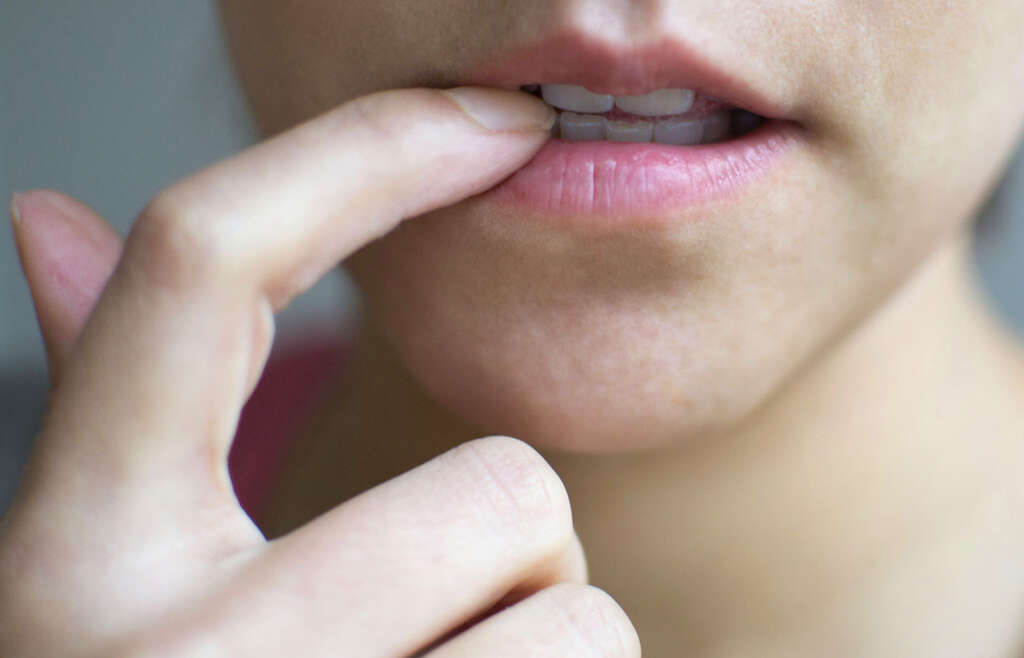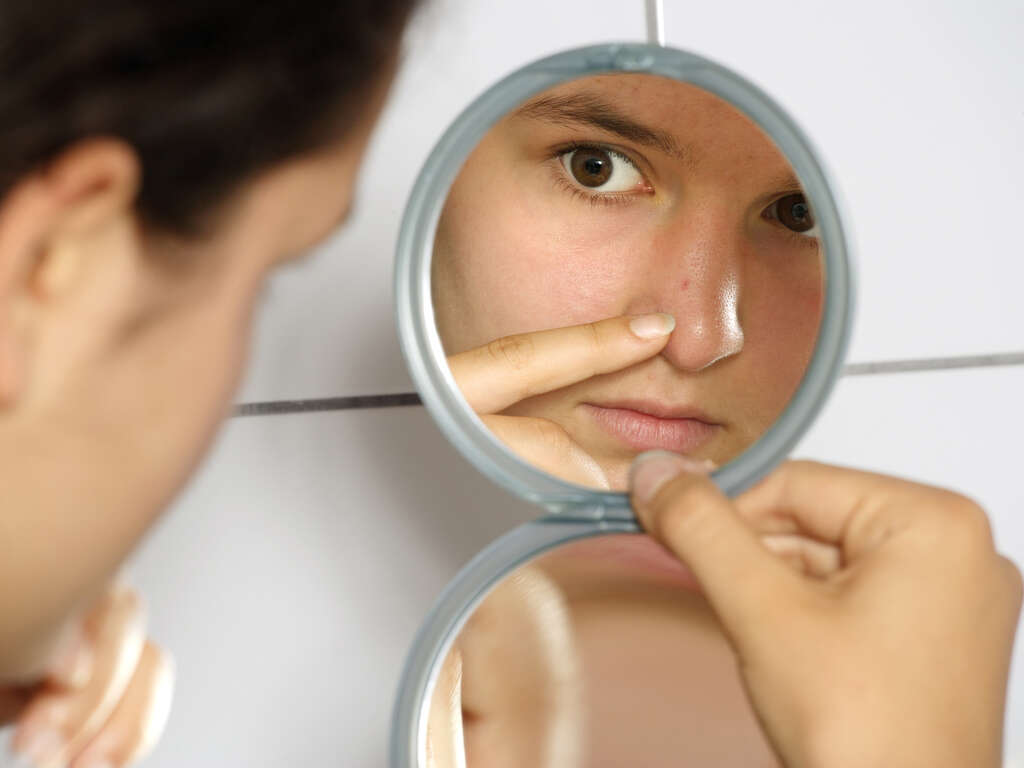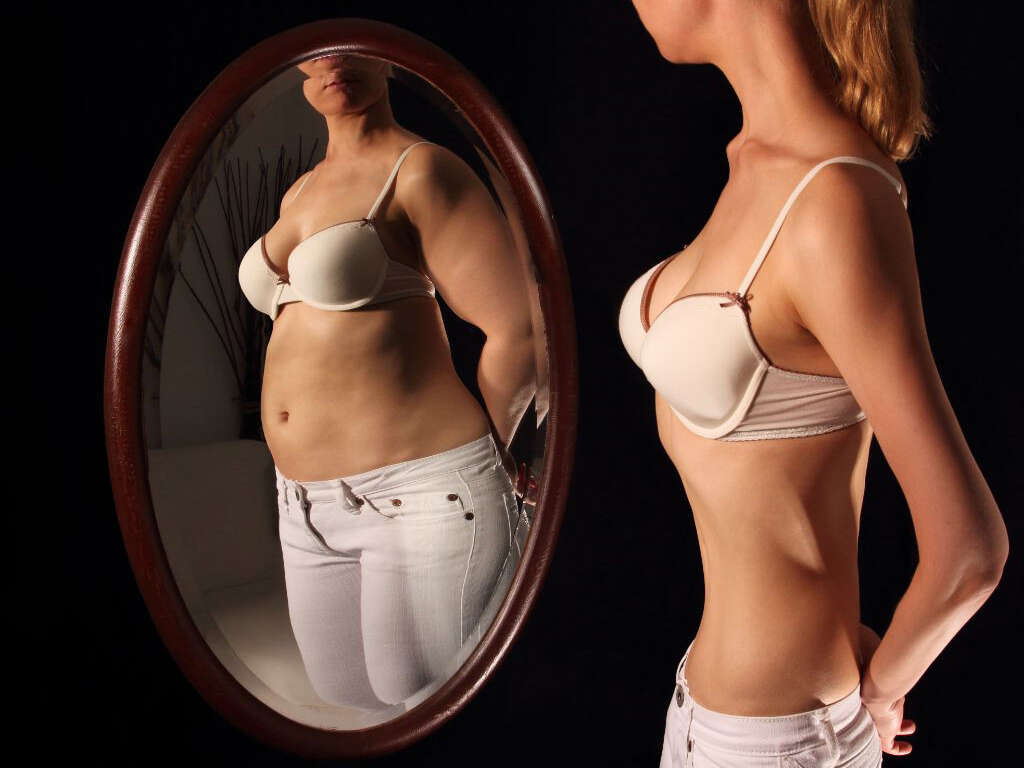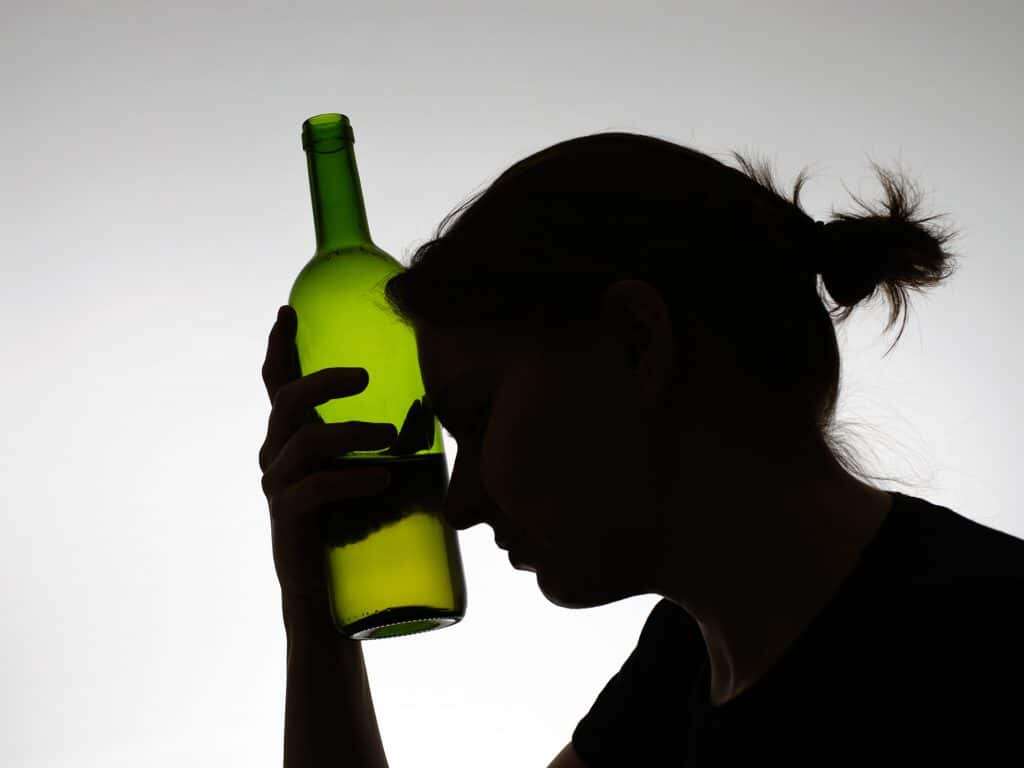What Is Dermatophagia?
People tend to pick up bad habits that other people find to be unpleasant. It can be difficult to stop a habit, however, much top the chagrin of other people that are around them. Most habits are quite harmless, however, regardless of how irritating they can be to other people.
Some behaviors that might appear to be habits can be somewhat worse, however. Some behaviors can result in the patient causing actual physical harm to themselves, while they can also sometimes suffer psychologically. One such behavior is dermatophagia, and it causes people to bite and gnaw away at their own skin.

1. Body-Focused Repetitive Behavior
Dermatophagia is a type of body-focused repetitive behavior. This is a kind of disorder that causes people to pick and bite at different body parts, potentially causing damage to them in the process. In cases of dermatophagia, the patient is usually picking and biting at their skin in particular.
This goes beyond what some people might consider to be a bad habit. Rather it is persistent behavior that can end up causing considerable distress to the patient. If the condition is recognized then it is important to get professional help for the patient as soon as the problem is identified.

2. Other Body Parts
While the fingers and nails are usually the focus of dermatophagia, this is not always the case as other body parts are also sometimes affected. For example, some people will persistently pick at their nails and cuticles to the point where they can cause them real damage. This condition is known specifically as onychophagia.
Some people will also keep on chewing at their tongues, and others will persistently bite at their lips. Some will pick at their skin rather than chewing on it, in what is known as excoriation. Some people will also pull at their hair, while others will even eat their own hair.

3. Causes
Dermatophagia is a type of obsessive-compulsive disorder, and this means that the patient is unable to stop themselves from gnawing and biting at their skin. While such disorders can be very hard to understand, we do know that there are a number of potential triggers for them.
One trigger for the behavior is boredom, while stress and anxiety can also trigger it. Others might have a perceived blemish on the skin that they want to try and remove, while skin conditions like acne can also be a cause. People that are experiencing emotions like shame or guilt might also be compelled to start chewing at their skin.

4. Symptoms
A lot of people will pick or bite at their skin occasionally and it does not necessarily mean that they have a problem. It might mean that there is simply something there that is irritating them in some way that they wish to deal with. There are some signs, however, that the patient really does have a problem that needs to be addressed.
Perhaps the clearest symptom of all is that the patient will be experiencing significant damage to their skin. This can cause it to become red and raw and it will also bleed in some cases. If this behavior is causing some emotional distress to the patient, it is another sign that they may have dermatophagia.

5. Who’s At Risk
There is a lot that we don’t know about why dermatophagia happens, but there are some people that are more at risk than others. One of the most at risk groups is young people that are entering into puberty, while females are more likely to develop the condition than males are.
A person’s temperament is also more likely to determine whether or not dermatophagia will develop, and the environment that a person lives in is also often a contributing factor. People that are exposed to prolonged periods of stress are also more likely to develop the condition than other people are.

6. Infections
Dermatophagia is likely to cause some considerable discomfort for the patient because of raw, broken skin. Unfortunately, this is also going to leave them open to other complications than can be more serious. One of these is regular infections.
If the patient has open wounds then bacteria are going to be a constant threat to them. When infections do take place, there is likely to be pus that discharges from wounds. The infected area can also be swollen and feel warm to the touch, and fevers can develop. Any infections should be dealt with as quickly as possible to prevent even more serious problems arising.

7. Social Withdrawal
Dermatophagia is a condition that can cause considerable psychological distress in addition to the physical distress it can cause. Patients with the condition will often be self-conscious about the appearance of the wounds they cause to themselves. They can also become embarrassed about their behavior overall.
This can cause some people to begin to withdraw socially. They can start to avoid interactions with other people as much as possible and try to remain alone as much as they can. This can even lead to depression in some instances, and depression is a condition that should be taken very seriously indeed.

8. Diagnosis
Behavioral disorders can be difficult to understand and can be difficult to miss. In many cases, a patient with dermatophagia will simply be mistaken for somebody that had a bad habit. At least until more serious symptoms start to show. It is thought that many cases of the condition will not be diagnosed at all.
In addition, the patient must be showing signs of causing significant harm to themselves if the condition is to be classified as body-focused repetitive behavior. The condition is also not considered to be a form of self-harm because the patient has no intention of actually causing themselves harm. Regardless, if it is suspected that something is wrong, it is always wise to seek professional guidance.

9. Therapy
Treatment for dermatophagia often tends to involve therapy. One type of therapy that’s involved is cognitive behavioral therapy (CBT), and this is designed toward focusing on the patient’s thoughts while they are performing the actions. The intention is to then help the patient to adjust their response to those thought to help prevent them from harming themselves.
Some patients are also taught to recognize their habits and how to respond to them. It may also be necessary to support to help them overcome issues with their self-esteem. The patient’s family may also receive some training that may be able to help the patient.

10. Medication
Antibiotics are sometimes necessary to help treat any infections that might occur, while any wounds will also need to be treated themselves. In some cases, bandages or similar may be able to provide protection for the skin, helping to prevent the patient from doing themselves harm.
Some patients will also receive medication that will help them with any anxiety they might be experiencing, and medication for depression may be needed in some cases. In some instances, the patient may be encouraged to exercise and change their diet in order to help reduce anxiety and enhance their quality of life overall.












